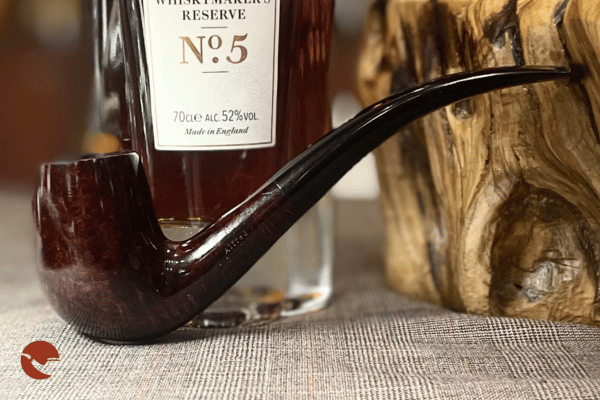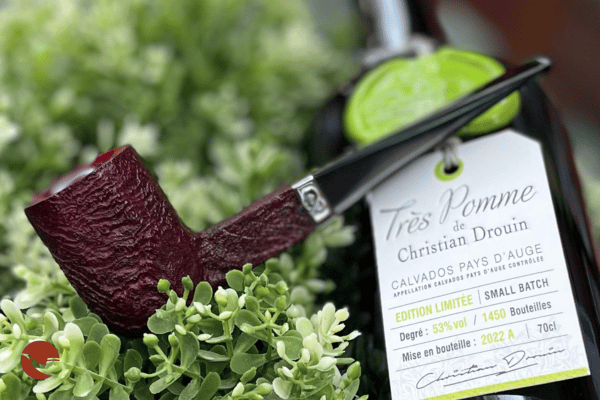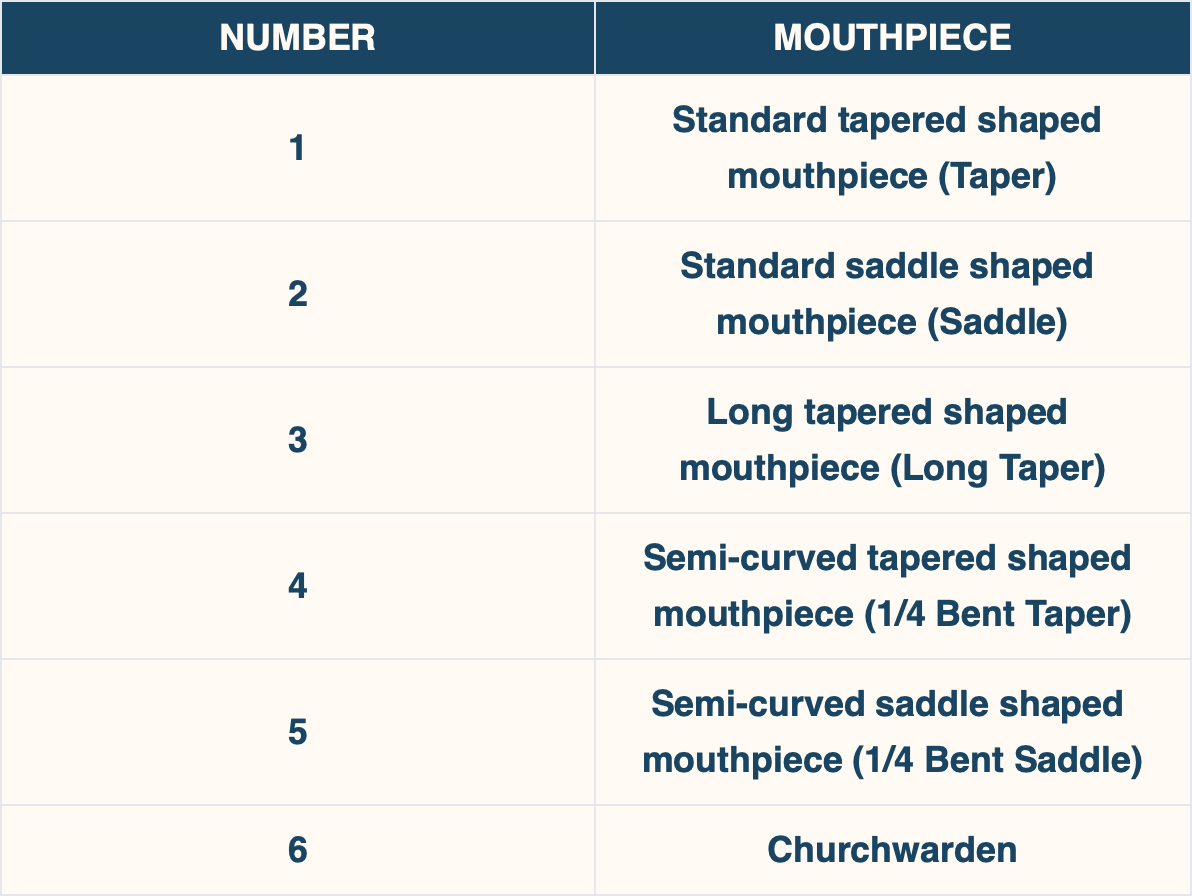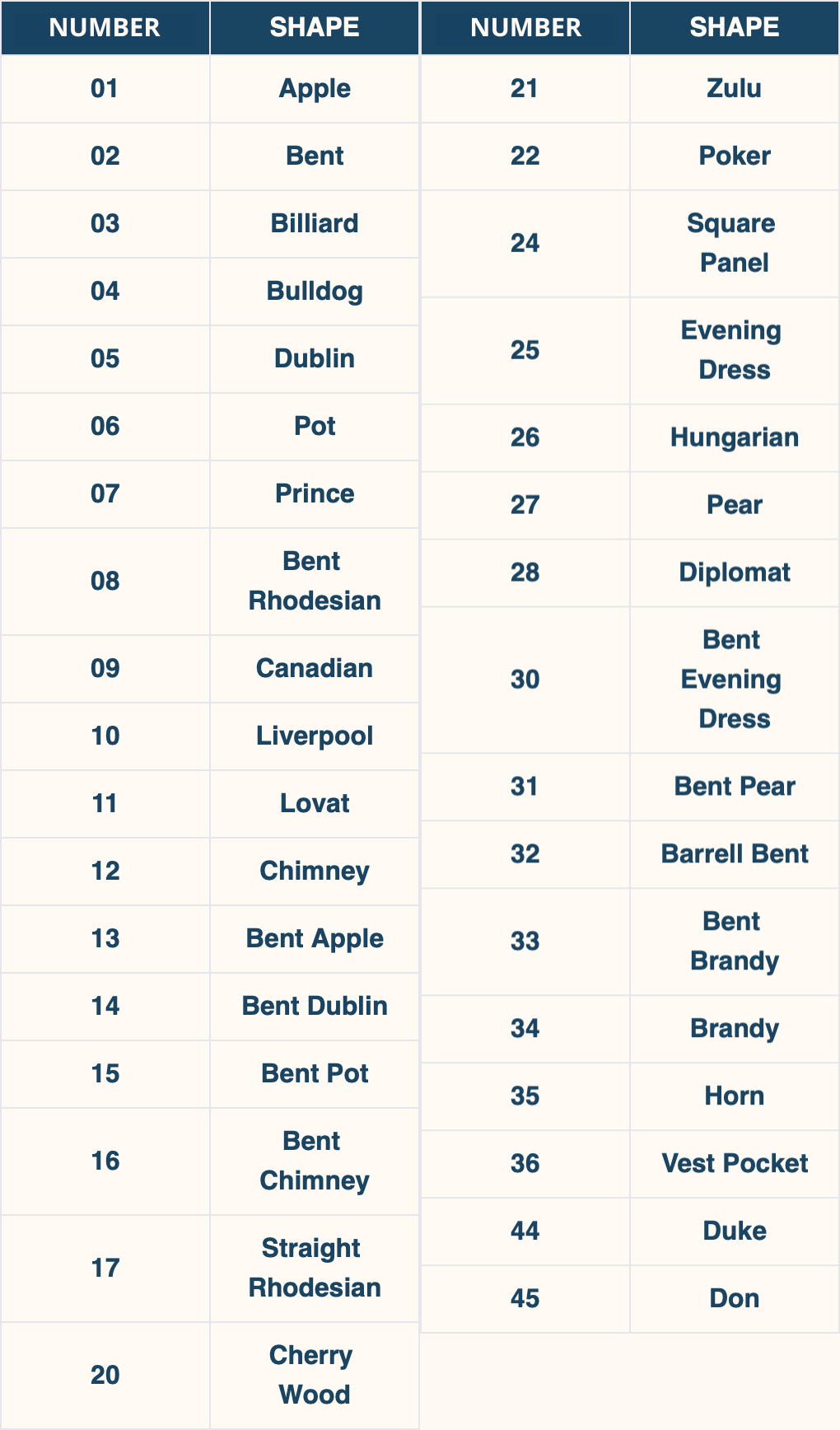CLICK HERE TO VISIT OUR DEDICATED SECTION OF DUNHILL PIPES
Dunhill Pipes Classification
In 1907, Alfred Dunhill opened a small tobacconist shop on Duke Street, St. James’s. From this humble beginning, a company was born that achieved a worldwide reputation for the quality and excellence of its products: tobacco pipes, lighters, accessories and tobaccos.
Today, the name Dunhill is synonymous with prestige and craftsmanship, recognized and respected around the globe. More than just a brand, Dunhill represents a mark of excellence for slow-smoking enthusiasts.
In this article, we’ll explore the detailed classification of Dunhill pipes—a system that reflects the attention to detail that has made the brand a legend in the world of slow smoking.

Dunhill Pipe Numbering
Each Dunhill pipe features a number stamped at the base of the bowl, representing its shape code.
This number, made up of 4 or 5 digits, is structured as follows:
- First digit: indicates the group (bowl size).
- Second digit: indicates the mouthpiece shape.
- Third/Fourth digit: denotes the specific tobacco pipe shape.
Example: A pipe numbered 4103 is a Billiard from group 4 with a Taper mouthpiece.
Below, we’ll explore the numbers associated with Dunhill groups, stem shapes and tobacco pipe shapes.

Dunhill Pipe Groups
Dunhill pipes are classified into six groups based on bowl size. Starting with Group 1 (the smallest), the bowls progressively increase in size up to Group 6.
- Group 1: includes basic classic shapes, among the most popular worldwide. These tobacco pipes are elegant, well-proportioned, and versatile.
- Group 2: offers a wider selection, adding shapes like the Full Bent and Bulldog.
- Group 5: features the iconic “Bents,” including the Hungarian shape. This group is also referred to as the “international group,” as it includes classic shapes recognized globally.
- Group 6: contains the largest Dunhill pipes. Despite their size, these pipes maintain the elegance and lightness typical of the Dunhill brand. The surface highlights the grain of the briar, showcasing meticulous craftsmanship.
Dunhill Mouthpiece Shapes
Each Dunhill mouthpiece is handcrafted and precisely fitted to its tobacco pipe. The variety of mouthpiece shapes available ensures a particularly diverse and extensive range of Dunhill pipes.

Dunhill Pipe Shape Chart
Below is a table listing all Dunhill pipe shapes, along with their corresponding numbers as assigned by the company:

Dunhill Pipe Finishings
Dunhill pipes are available in 8 finishings, divided into 4 smooth and 4 sandblasted options.
The smooth finishings include the Root, Bruyere, Dress and Chestnut:
- The Roots stand out for the light brown color of the stove, which enhances the grain of the briar.
- The Bruyere have a warm mahogany-colored stove, unlike the Dress, which have a glossy black stove.
- Chestnut, on the other hand, are of more recent introduction and have a rich, warm walnut color.
Sandblasted finishings include the Shell, Tanshell, Red Bark, and Cumberland:
- Shells have an almost black stove and undergo a special treatment that strongly highlights the grain.
- Tanshells are tan in color and emphasize the natural grain.
- The Red Bark have a similar color stove to the Bruyere, while the Cumberland have a sandblasted stove of the typical Chestnut color, with a distinctive smooth rim.
